Growing Victorian Herbs – What Is A Victorian Herb Garden
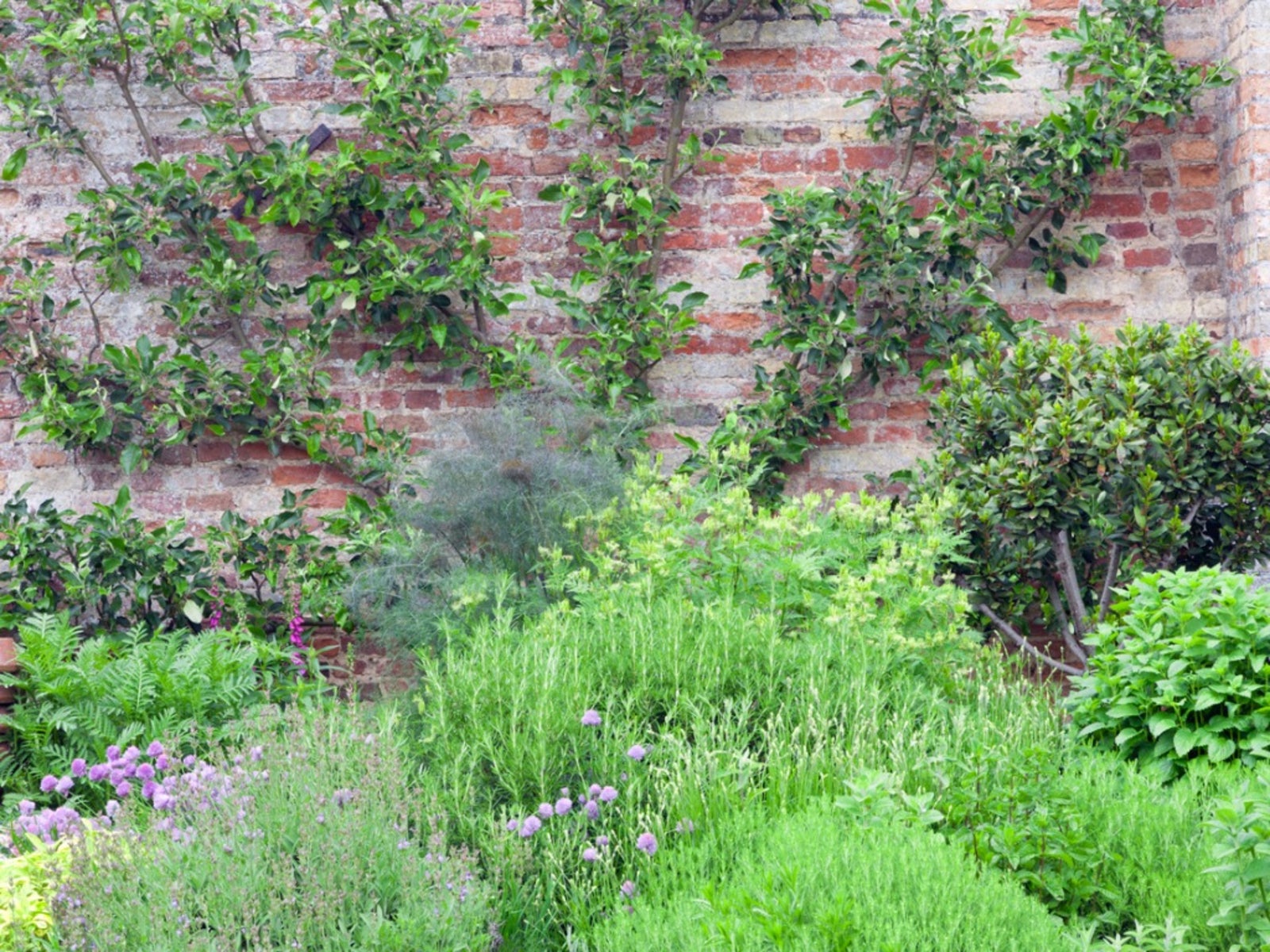

What is a Victorian herb garden? In the simplest sense, it's a garden containing herbs that were popular during the reign of Queen Victoria. Growing Victorian herbs can be so much more. The rich botanical history of this era takes us back to the period of time when the study of plants began to blossom. Learning more about this intriguing period may even inspire you to grow a Victorian herb garden in your own backyard.
What is a Victorian Herb Garden
Herb gardens were a popular feature of Victorian landscaping. Fragrant flowers symbolized emotions and were used as a nonverbal expression of feelings. Just as a red rose embodied love, a bouquet of rosemary represented remembrance. In addition, herbs from the Victorian era had many medicinal as well as culinary uses.
While modern society no longer imparts this level of significance to garden greenery, many botanical gardens and historical houses continue to grow a Victorian herb garden as a means of preserving this gardening heritage. These formal gardens often contained features such as ornate iron fencing, gazing balls, and fountains. The herbs, however, remain the focal point.
Herbs from the Victorian Era
When recreating a Victorian-era garden, consider choosing herbs for the emotions and meanings they symbolize as well as their fragrance, usefulness, and beauty. Here's a list of popular herbs from the Victorian era along with their meanings and uses in this historical time period.
• Bee Balm – This member of the mint family is a popular pick when growing Victorian herbs. Used as a treatment for colds and headaches, Bee Balm added a citrus flavor to medicinal teas. Meaning: Sweet virtue
• Catmint – Another mint family member, Catmint creates a euphoric state in cats much like catnip. Victorians used this herb as a sleep aid and to soothe colicky infants. Meaning: Deep love
• Chamomile – Still grown today for its soothing properties, Chamomile was used in Victorian times as a sedative. The bright daisy-like flowers and feathery foliage add beauty to the landscape making this plant a top choice for those wishing to grow a Victorian herb garden. Meaning: Comfort
Gardening tips, videos, info and more delivered right to your inbox!
Sign up for the Gardening Know How newsletter today and receive a free copy of our e-book "How to Grow Delicious Tomatoes".
• Dill – This modern-day pickling herb had many medicinal uses in Victorian times. Believed to boost the intestinal tract, dill was also used to induce sleep. Meaning: Good spirits
• Lavender – Definitely the quintessential plant to cultivate when growing Victorian herbs, Lavender imparted a heavenly scent when freshening clothing and bed linens in historic times. Meaning: Devotion and loyalty
• Lemon Balm – The citrus-scented leaves from this mint family member were used for their antibacterial and antiviral properties. The essential oils in Lemon Balm create a lasting fragrant potpourri: Meaning: Sympathy
• Rosemary – A Victorian favorite, Rosemary was applied externally to relieve stomach pain, rinse away dandruff, and dress wounds. Meaning: Remembrance

Laura Miller has been gardening all her life. Holding a degree in Biology, Nutrition, and Agriculture, Laura's area of expertise is vegetables, herbs, and all things edible. She lives in Ohio.
-
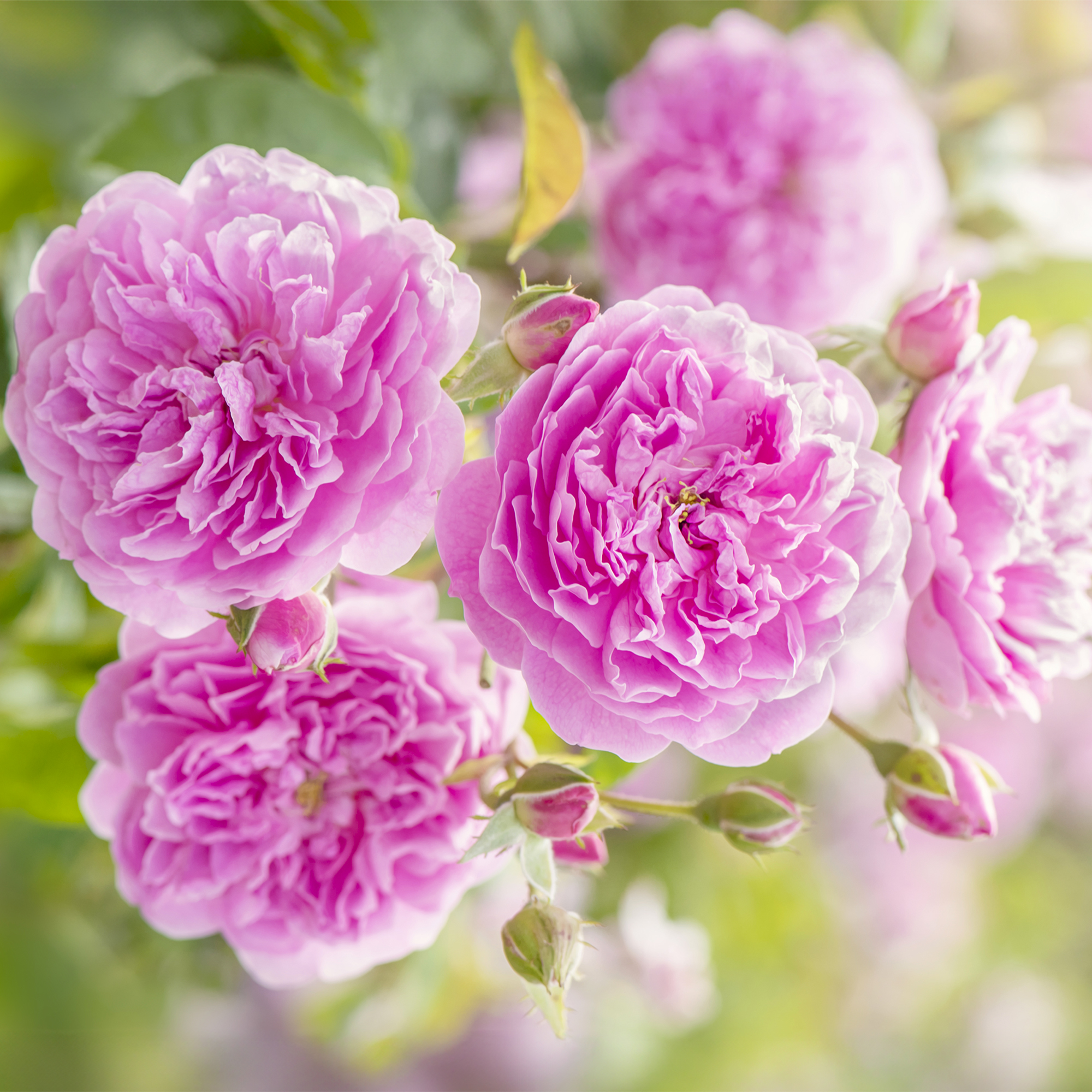 How Much Sun Do Roses Need To Grow? Understanding Rose Light Requirements
How Much Sun Do Roses Need To Grow? Understanding Rose Light RequirementsDiscover how much sunlight your roses really need to grow strong, bloom beautifully, and stay healthy all season long.
-
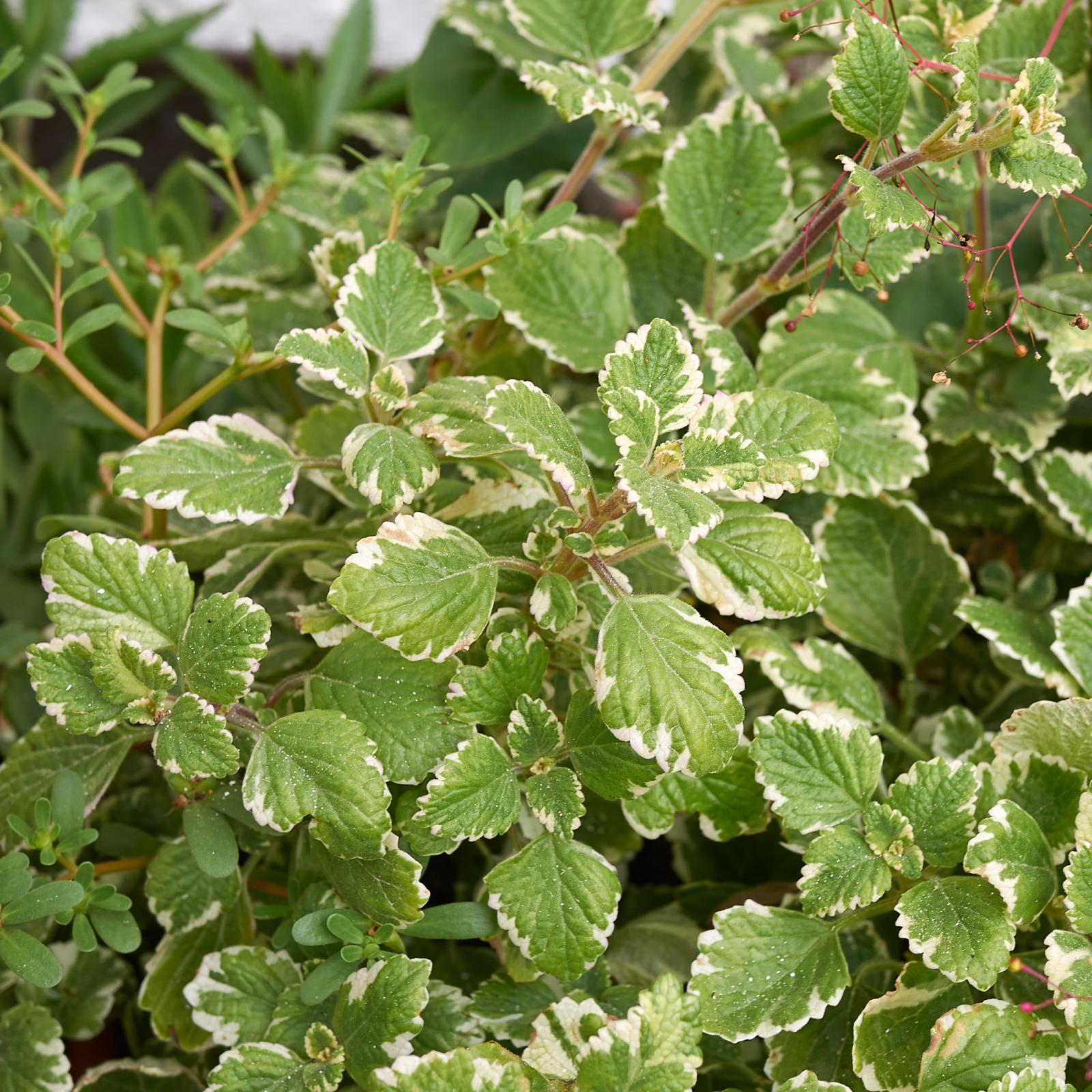 Which Ivy Is Best For A Garden? 7 Varieties Of Ivy To Grow (And 2 To Avoid)
Which Ivy Is Best For A Garden? 7 Varieties Of Ivy To Grow (And 2 To Avoid)Lots of varieties of ivy can complement your garden, provide groundcover, or create a private oasis, but which is best? Explore our top picks for beautiful ivy.
-
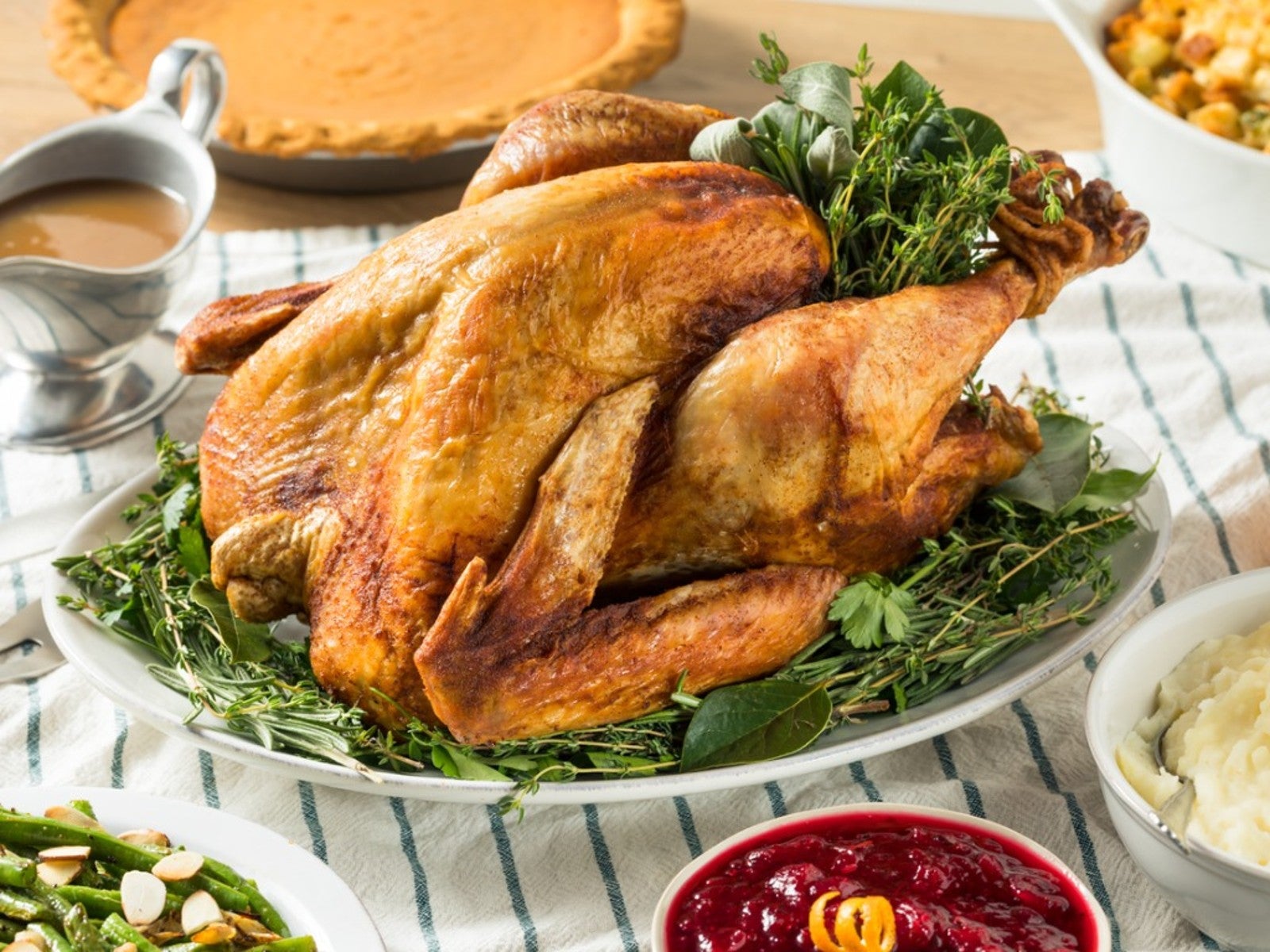 Grow Tasty Herbs For Roast Turkey In Your Garden
Grow Tasty Herbs For Roast Turkey In Your GardenCan you season your turkey with herbs you grow in your own garden? Yes! Click to learn more.
-
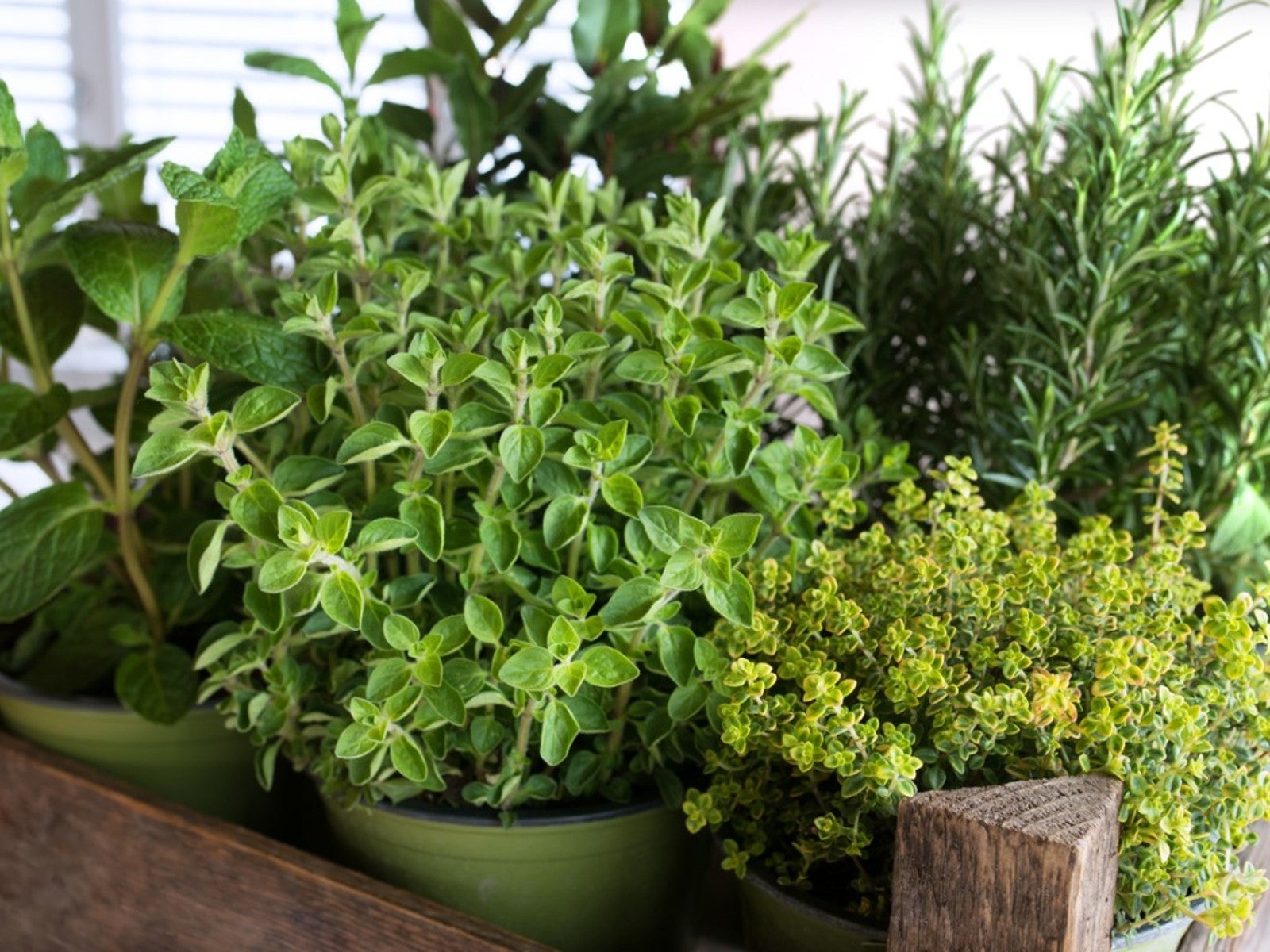 10 Easy Herbs For Beginners
10 Easy Herbs For BeginnersIf you’re new to herb growing, there are some perfect beginner herbs that are low maintenance and easy. Here are our top ten.
-
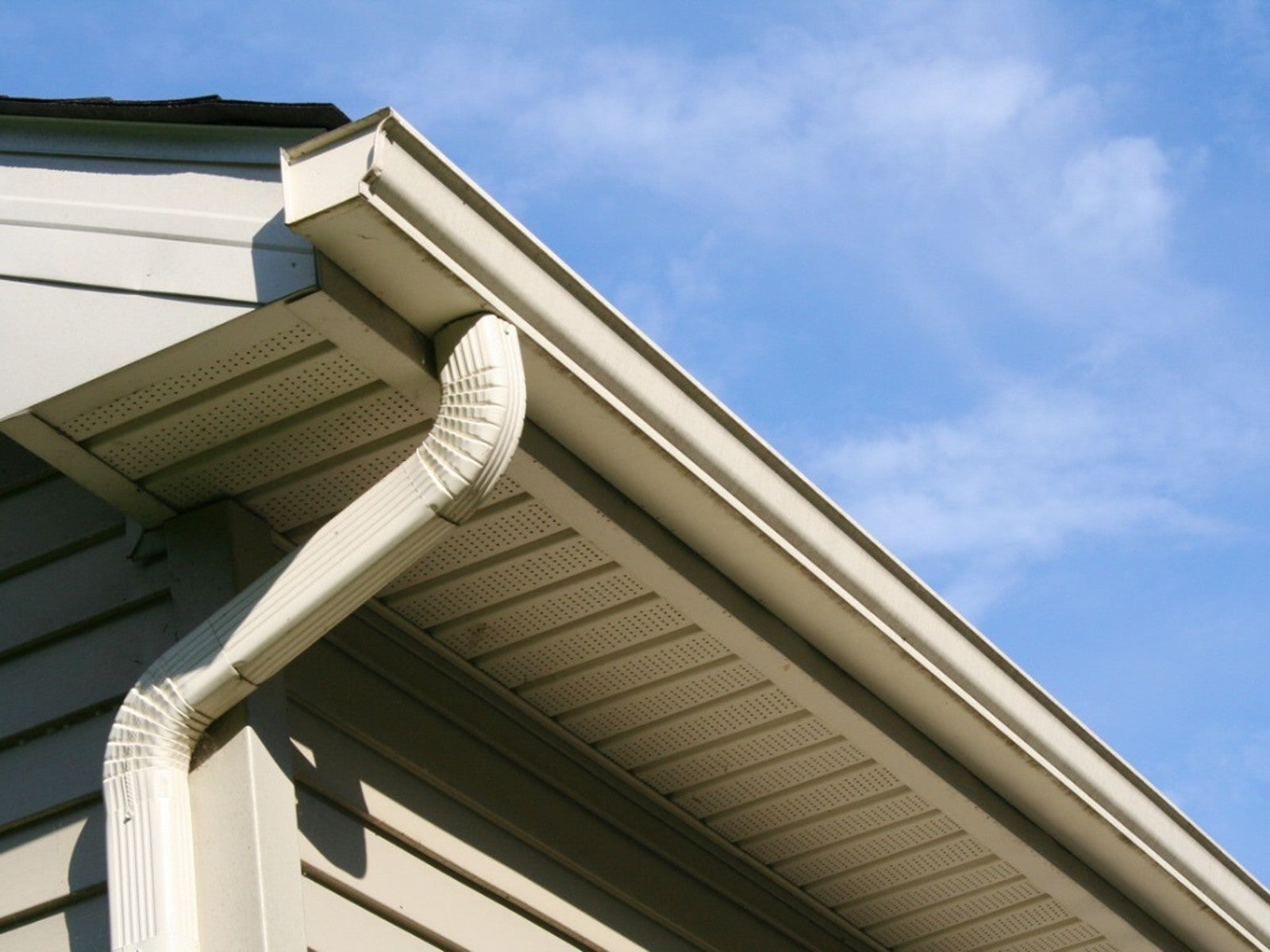 How To Make A Rain Gutter Herb Garden
How To Make A Rain Gutter Herb GardenOne really fun look outside the box is a hanging rain gutter herb garden. A gutter planter is a unique way to house and showcase plants.
-
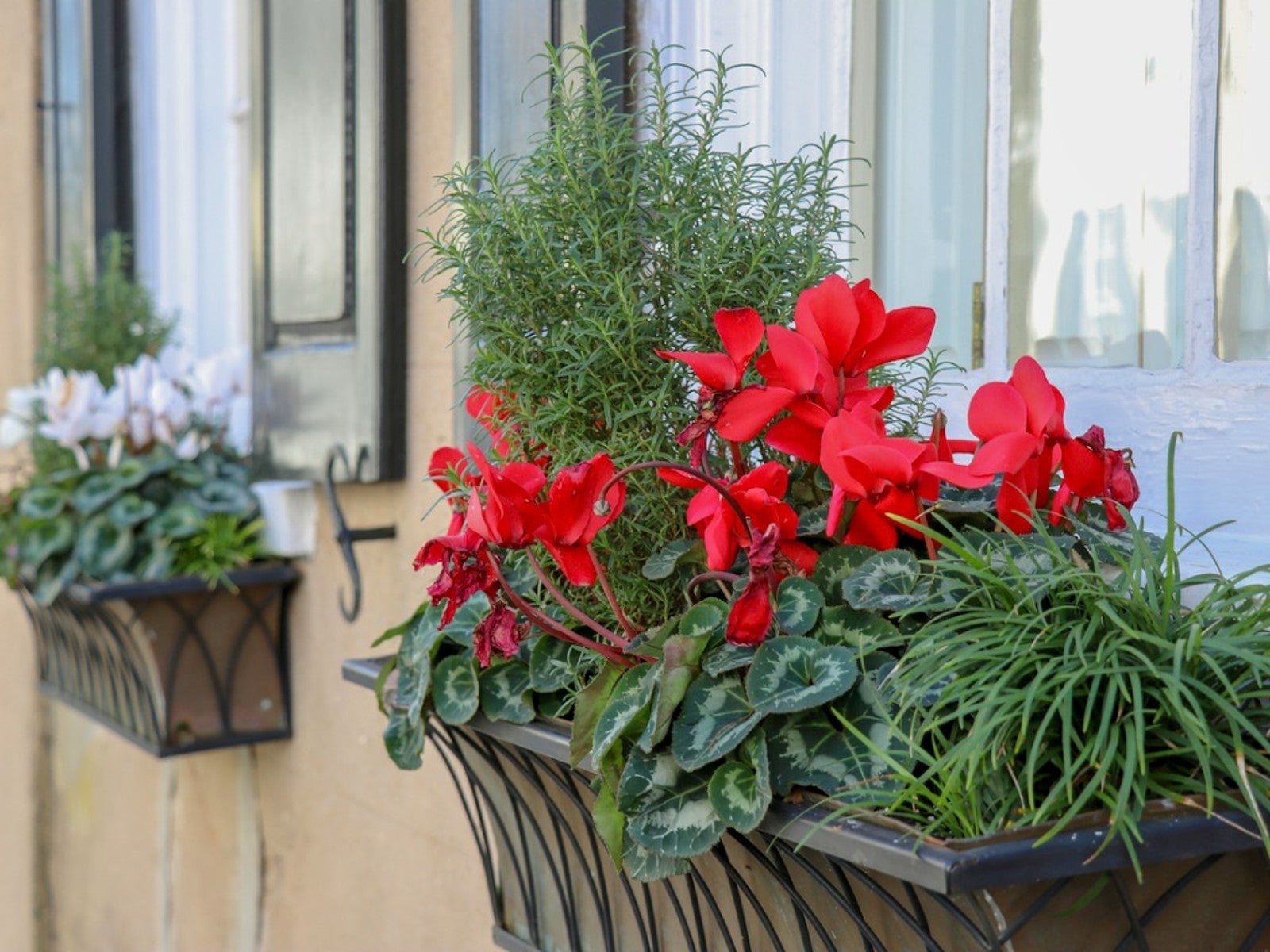 Grow A Beautiful, Edible Herb Window Box
Grow A Beautiful, Edible Herb Window BoxGrowing herbs in window boxes is a space-saving method for producing culinary ingredients for kitchen use. Click for more.
-
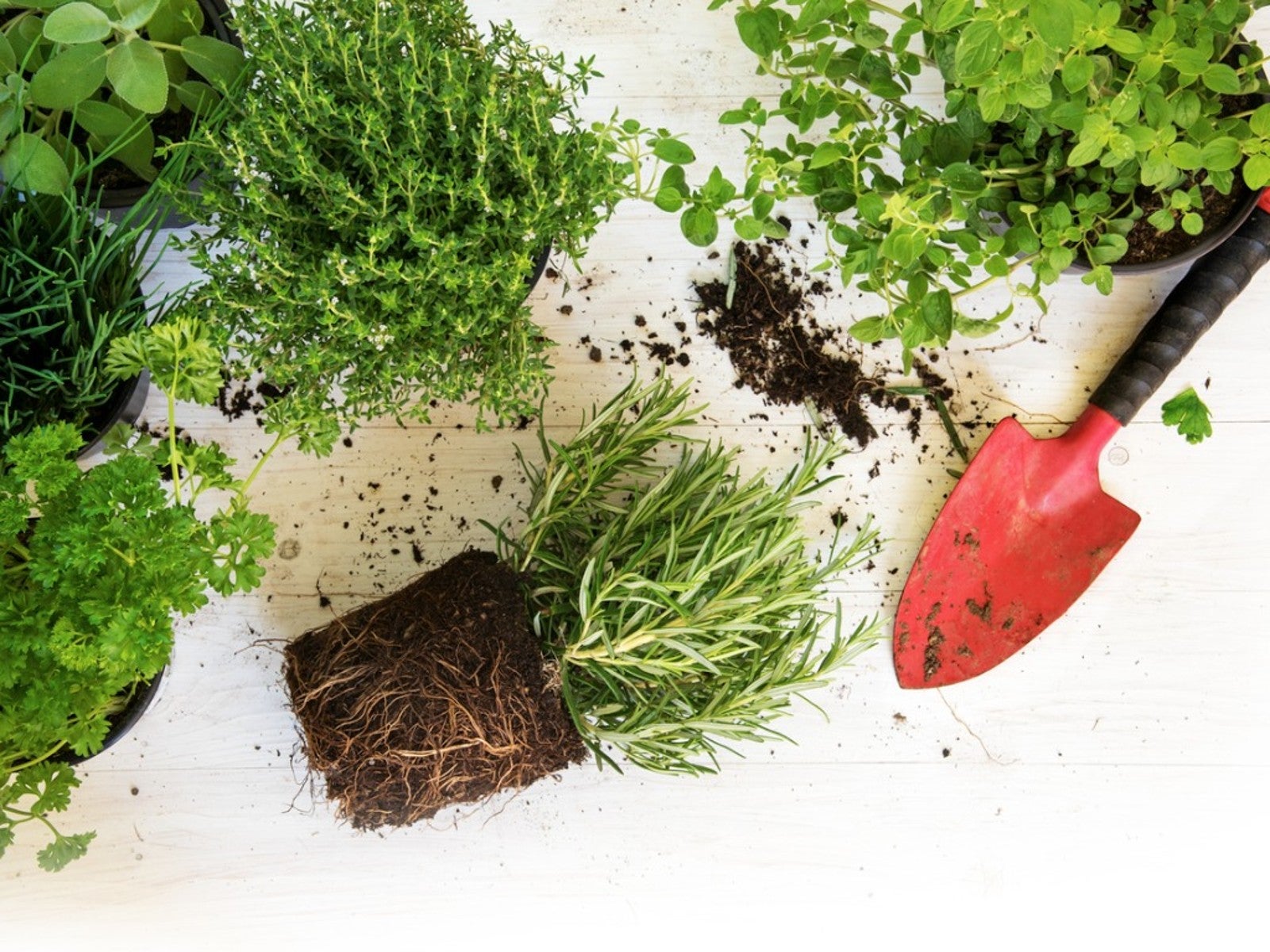 Best Herbs To Direct Sow Vs. Start Indoors
Best Herbs To Direct Sow Vs. Start IndoorsKnowing when to buy herb plants or start them from seeds or cuttings is essential to your success. Read on to learn more.
-
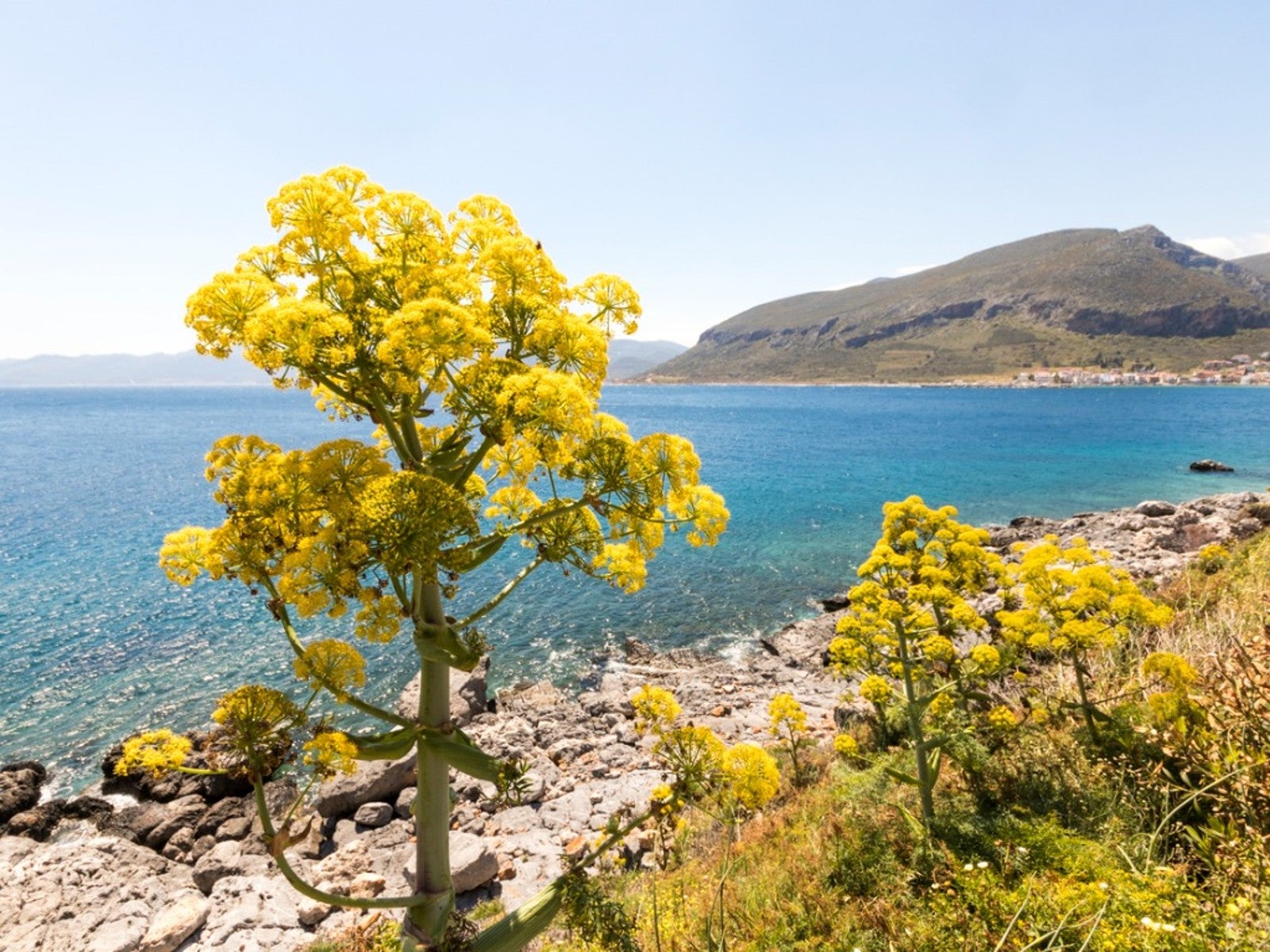 Learn About The Highly Prized Silphium Herb
Learn About The Highly Prized Silphium HerbWhat if there was a perfect plant? In ancient times such a treasure existed. It was the silphium plant.
-
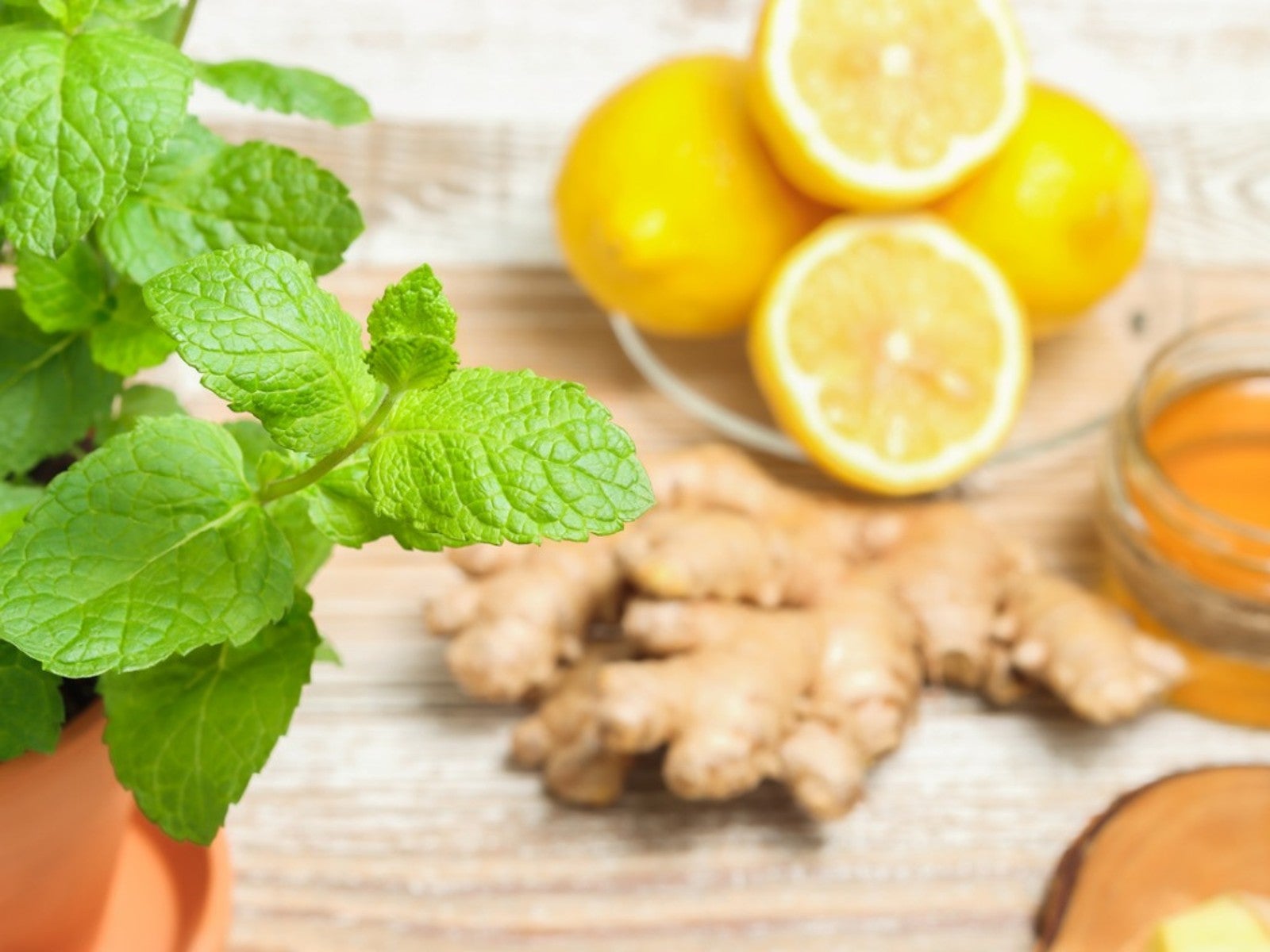 Grow Healing Herbs Indoors: Combat Winter Illness With A Medicinal Garden
Grow Healing Herbs Indoors: Combat Winter Illness With A Medicinal GardenIf you are growing medicinal plants at home, did you know you also can grow an indoor medicinal herb garden? Read on for more.
-
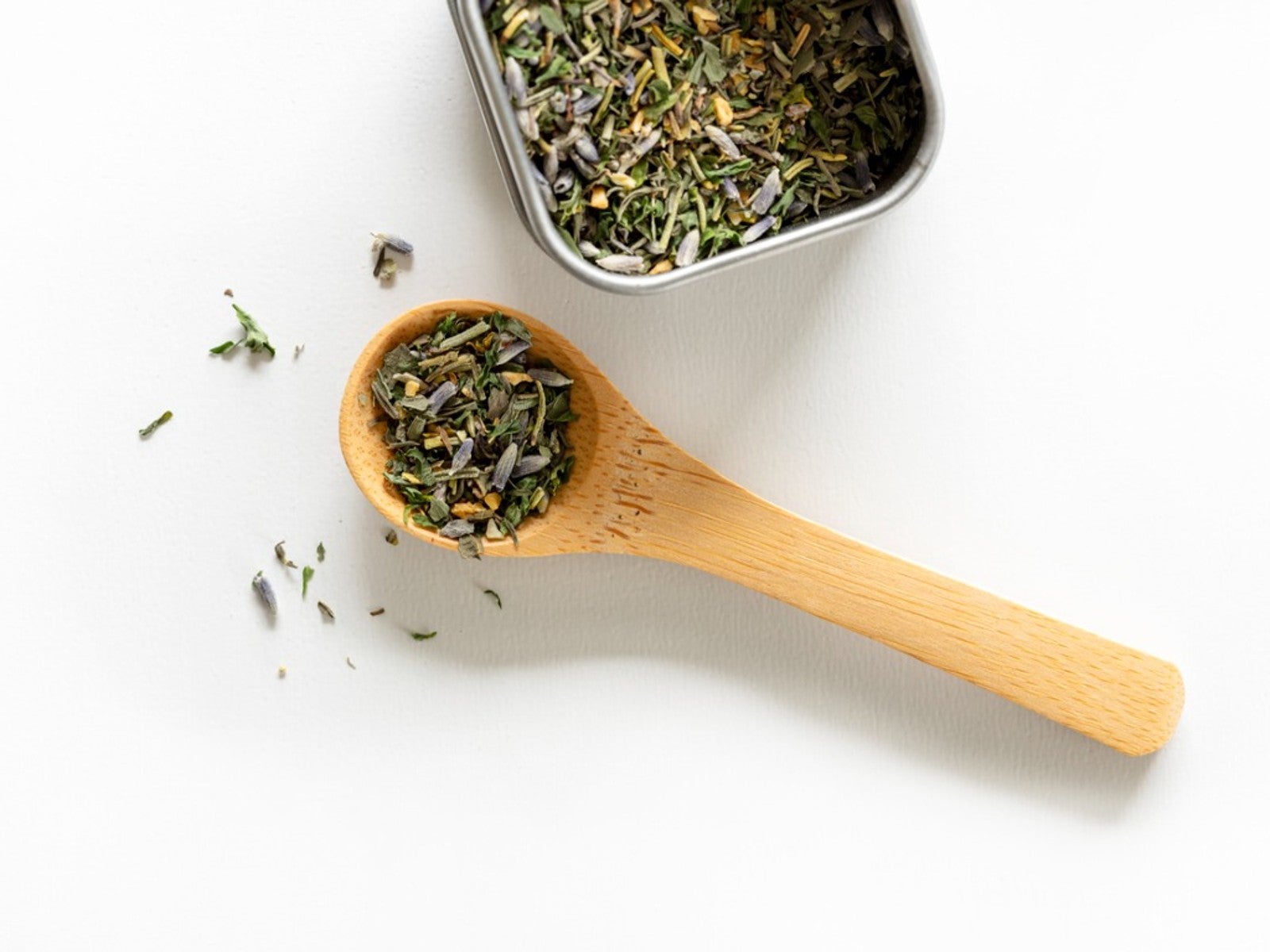 Grow Your Own Herbes De Provence - How To Grow, Dry, And Store Herbs
Grow Your Own Herbes De Provence - How To Grow, Dry, And Store HerbsHomemade gifts can add that special touch to any occasion, such as a jar of herbes de provence. Click here to learn how to grow and make your own for gifting.